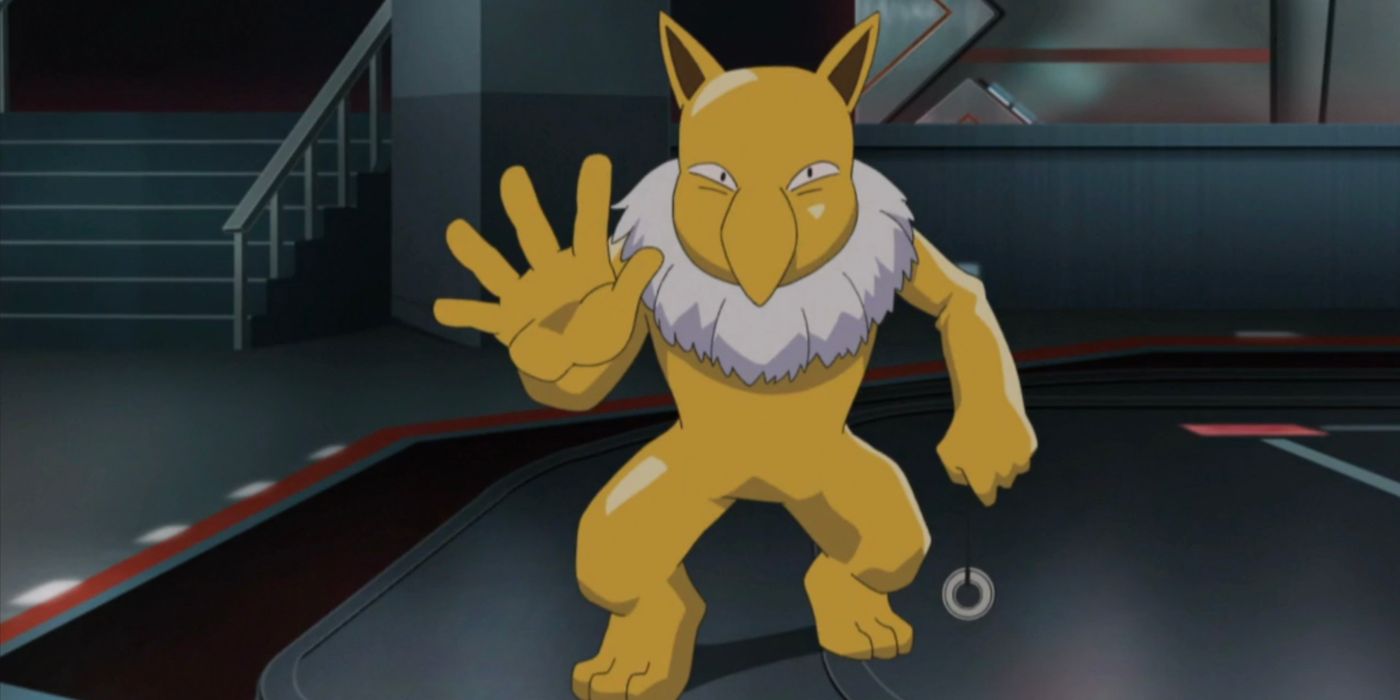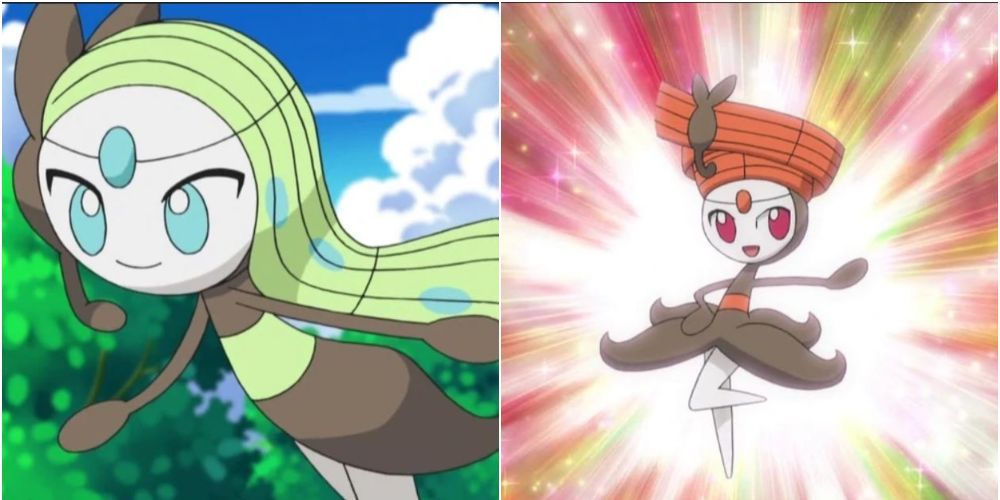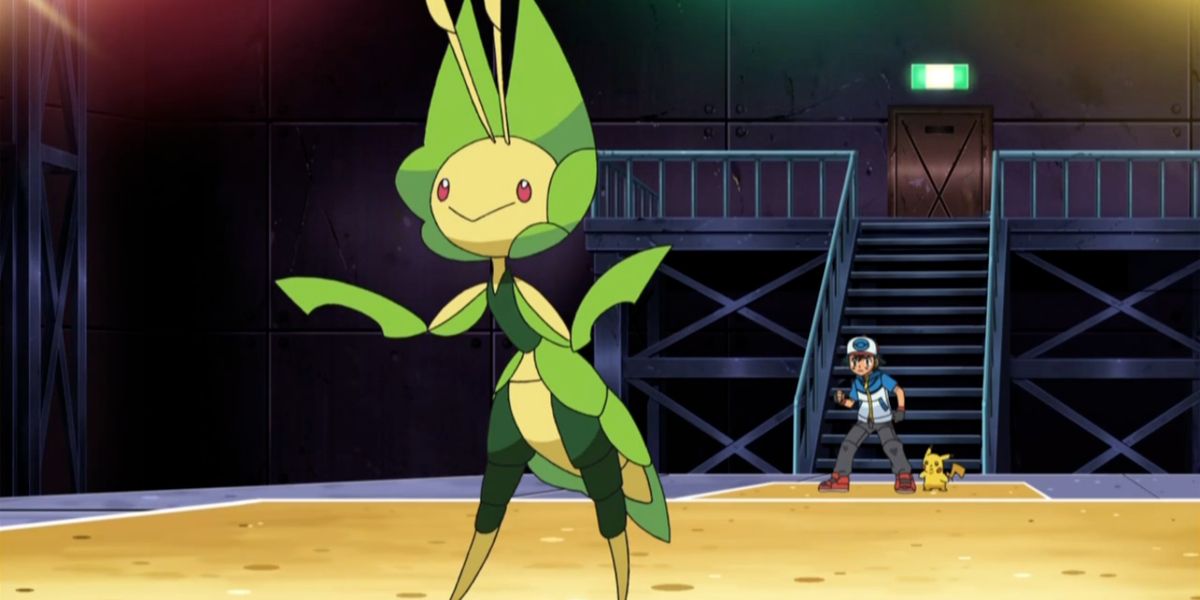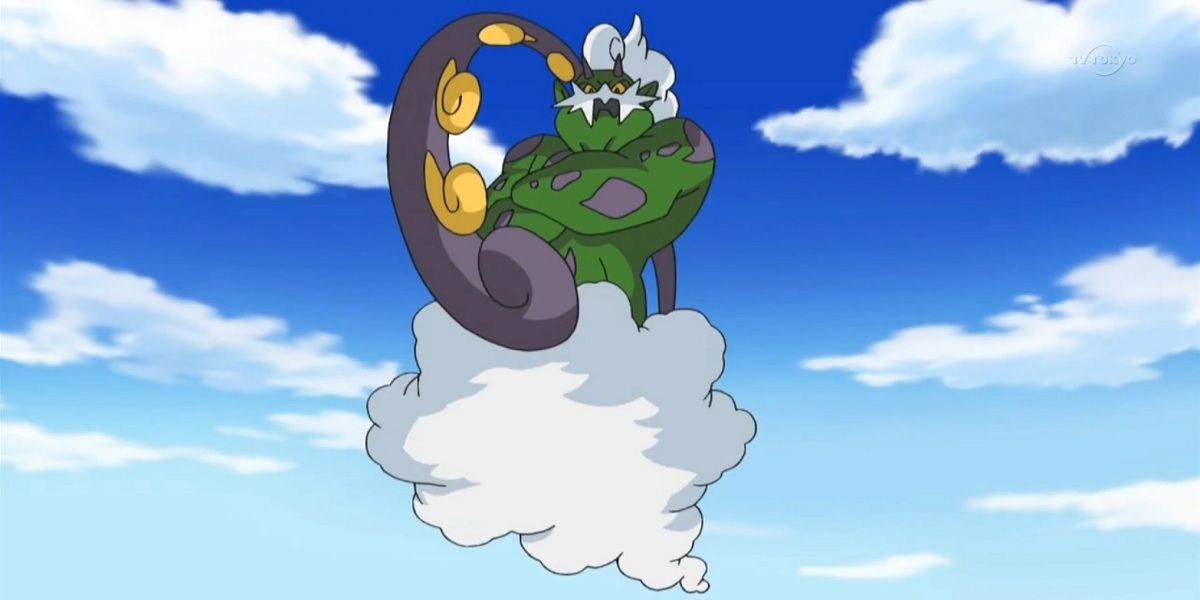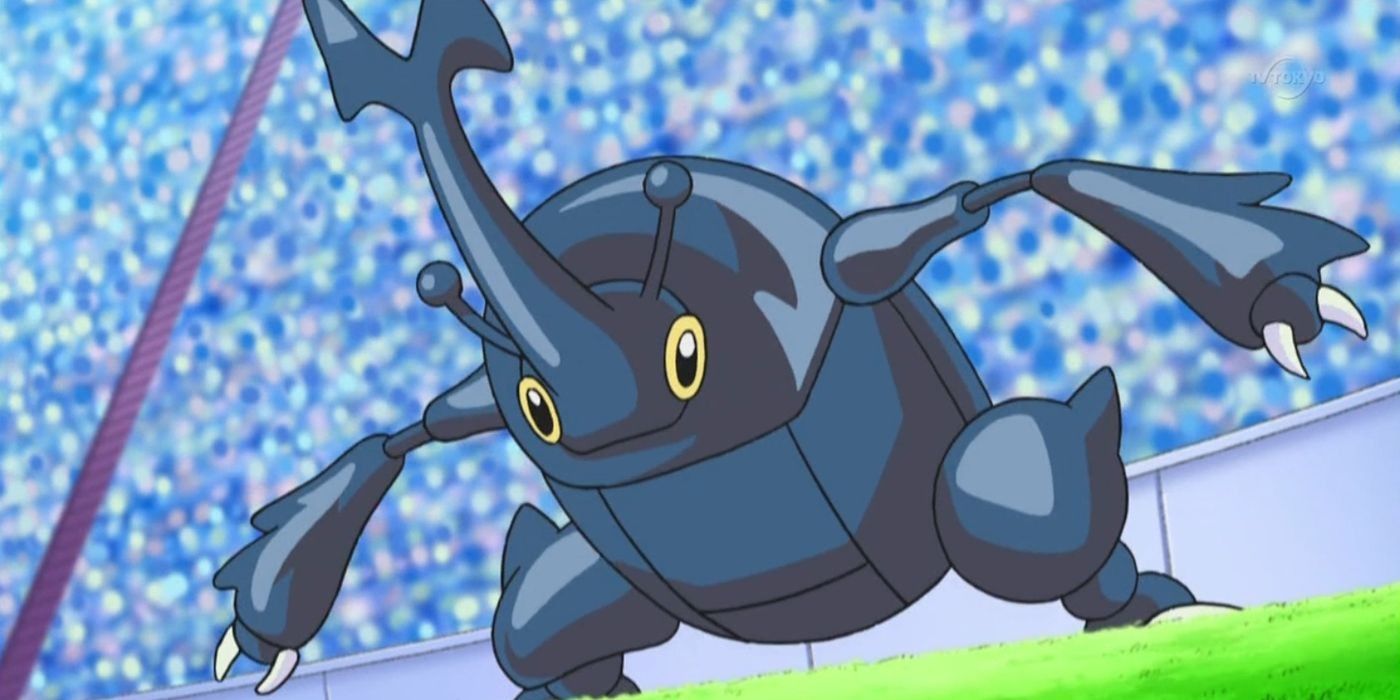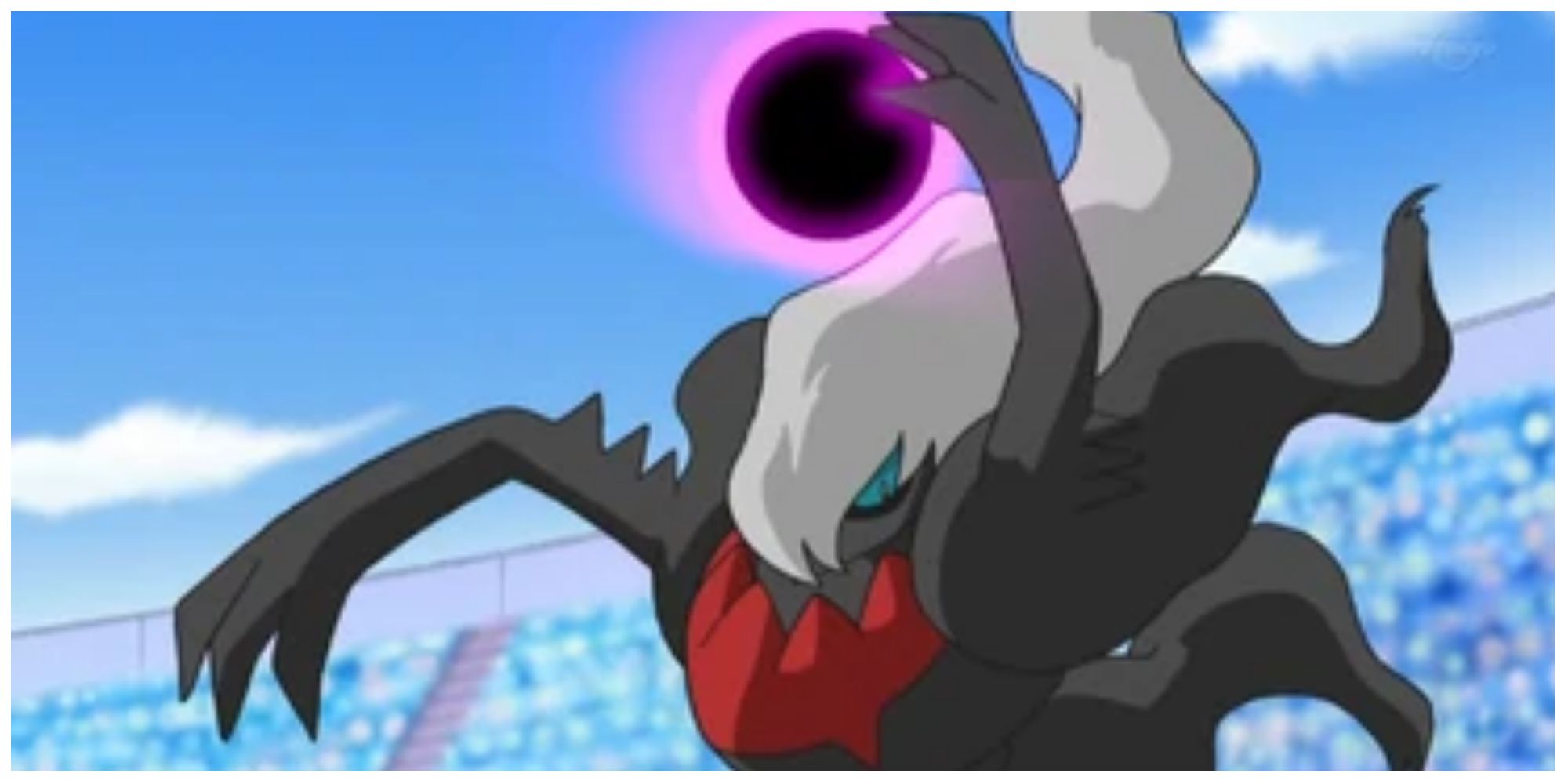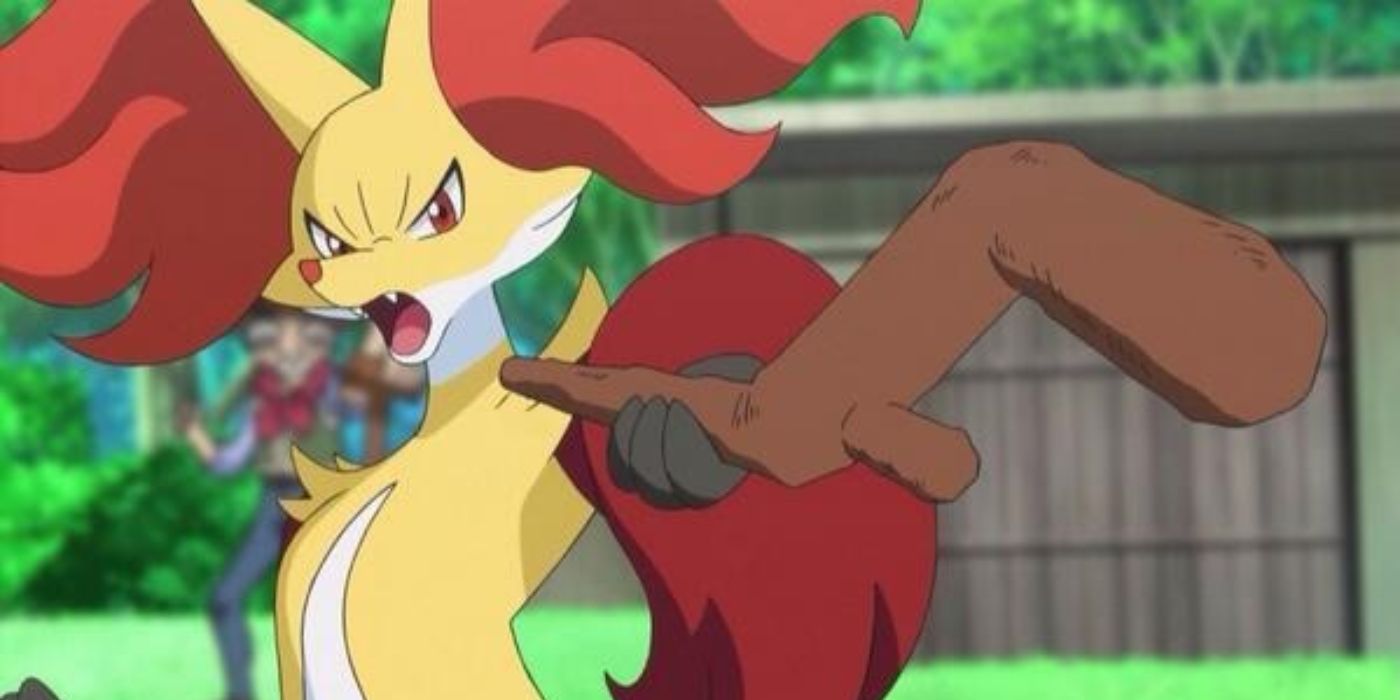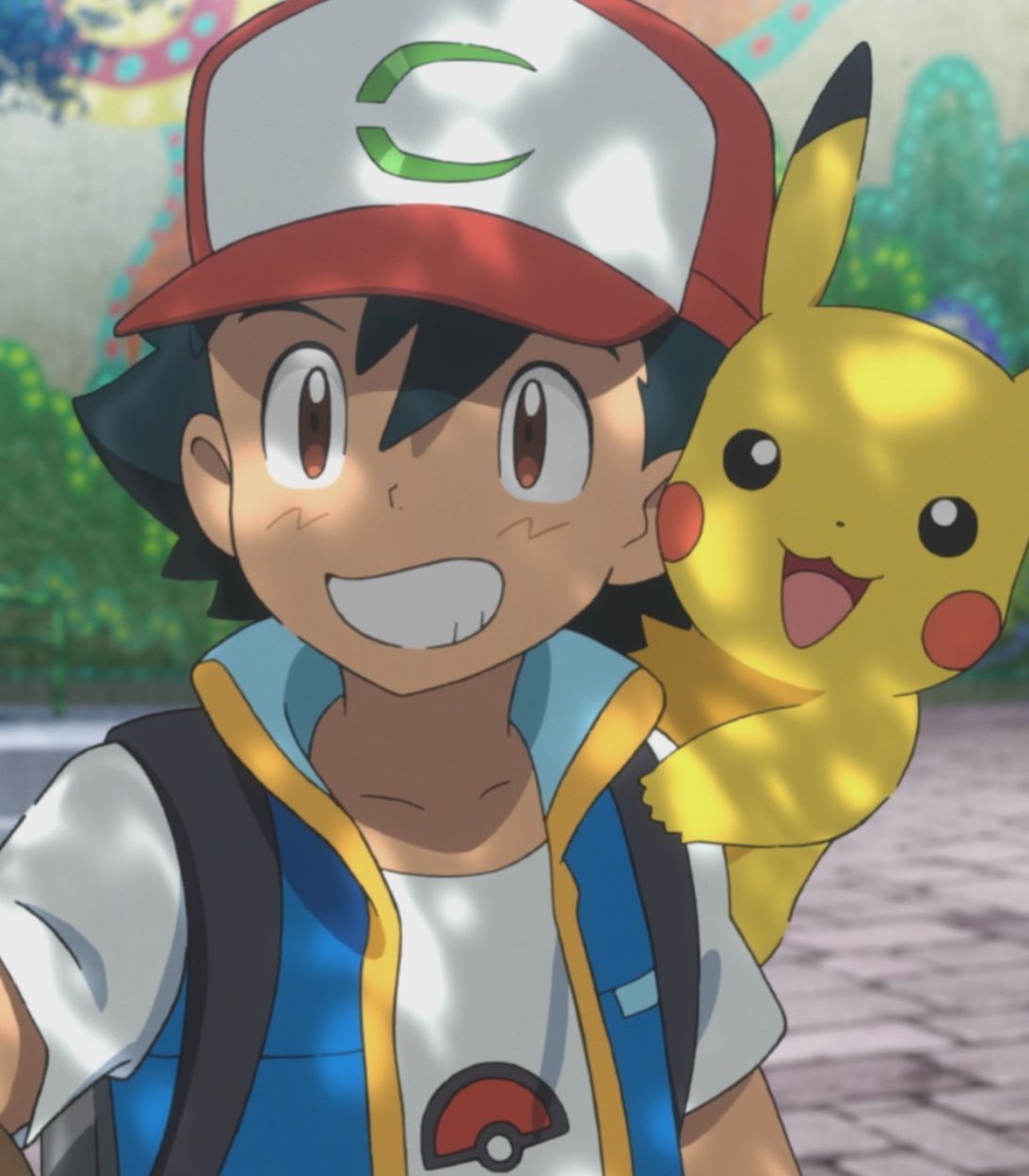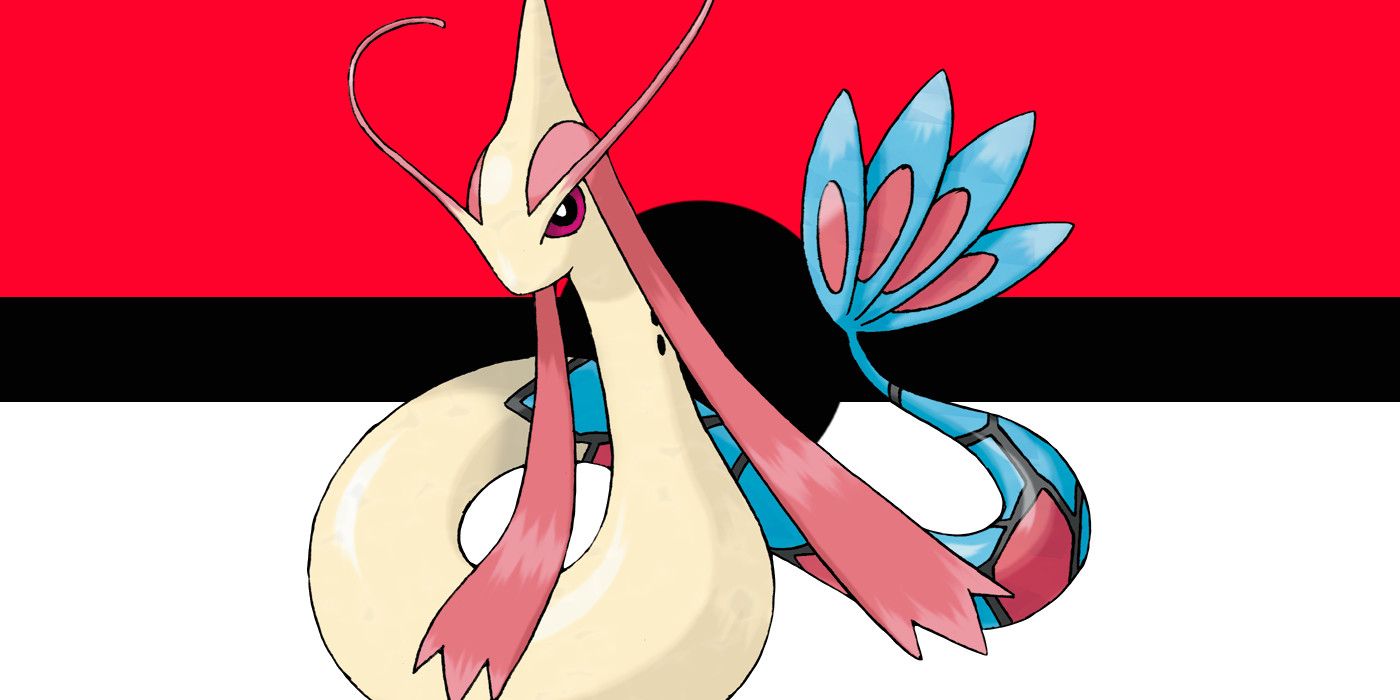
The vast world of Pokémon features many different species and types, from the iconic Pikachu, Eevee and Charmander to the lesser known Silcoon, Gothita and Alomomola. With over one thousand different species populating the many regions of the Pokémon world, their real-world inspirational counterparts are varied, with the designers drawing from different cultural wells for inspiration. And in some cases, those inspirational cultures stem from the ancient past.
Ancient Greece and Rome provided many sources of inspiration — such as Falinks and his adorable helmets — with even their deities contributing to the source materials for some Pokémon species. From Milotic’s grace and allure channeling Venus, the Roman goddess of love and beauty, to Tornadus paying tribute to Boreas of the north wind, these species stand apart as their own pantheon of the best Pokémon inspired by the Greek and Roman gods.
10 Milotic’s Beauty Channels Venus, Goddess of Love
Pokédex #0350
Largely believed to be one of the most beautiful Pokémon in existence (just check out its Pokédex entries from Ruby, Emerald, Pearl or Sword), Milotic debuted in Generation III in the Kyushi-inspired Hoenn Region. Also known as the Tender Pokémon, Milotic features a serpentine body similar to Dragonairs, with a beautiful, stained-glass-looking tail that fans out into four tail feathers. According to Milotic’s lore, it is capable of calming angry emotions by soothing people’s hearts and minds.
In Ancient Rome, the goddess of love and beauty was Venus (or Aphrodite to the Greeks), and one of her most famous depictions comes from Sandro Botticelli’s The Birth of Venus. In the canvas painting, Venus rises from the ocean in a clamshell, the epitome of beauty and grace, in a manner very similar to Milotic rising from its home at the bottom of clear lakes. The Water Type, the clam/shell imagery and the overwhelming beauty Milotic displays touch on key elements in Botticelli’s masterpiece, signaling their strong connection.
9 Hypno Pays Homage to the God of Sleep
Pokédex #0097
Based on the physical designs of a tapir (an animal similar to a pig but with a short, prehensile nose truck like an elephant), Hypno’s iconic bipedial, yellow-skinned design debuted during the very first generation of Pokémon. As one of the original one hundred and fifty-one, Hypno’s design has persisted for decades, even though it might not be one of the best designs from the Kanto Region. In its left hand — as most Hypno seemingly tend to be left-handed — Hypno holds a silver coin on a tied bit of string, swinging this pendulum from side to side in order to lure people to sleep, which has earned it the title of being the Hypnosis Pokémon.
In Japanese mythology, tapirs are often associated with the nightmare devouring Baku, and likewise assist in warding off nightmares. Building off that base design choice, Hypno’s overall flavor similarly includes elements from Hypnos, the Greek god and personification of sleep (also known as Somnus in the Roman pantheon). The strong connection to sleep and the nearly identical names between this Pokémon and the god of sleep show some commonalities. Just as the Pokémon Hypno uses its swinging pendulum to lull passersby into a drowsy state, Hypnos served as the personification of sleep in Greek mythology.
8 Meloetta Inspires with Song and Dance Like the Muses
Pokédex #0648
Debuting to the Pokémon world in Generation V, Meloetta is a mythical Pokémon whose song can be channeled to summon the three forces of nature: Tornadus, Thundurus and Landorus (with Enamorus introduced later in the Pokémon Legends: Arceus game). Her form mirrors her musical and lyrical abilities, with her hair reminiscent of sheet music and her hands similar to musical notes. Known as the Melody Pokémon, her signature move, Relic Song, allows her to adopt the Normal/Psychic Type Aria Forme or the Normal/Fighting Type Pirouette Forme during combat.
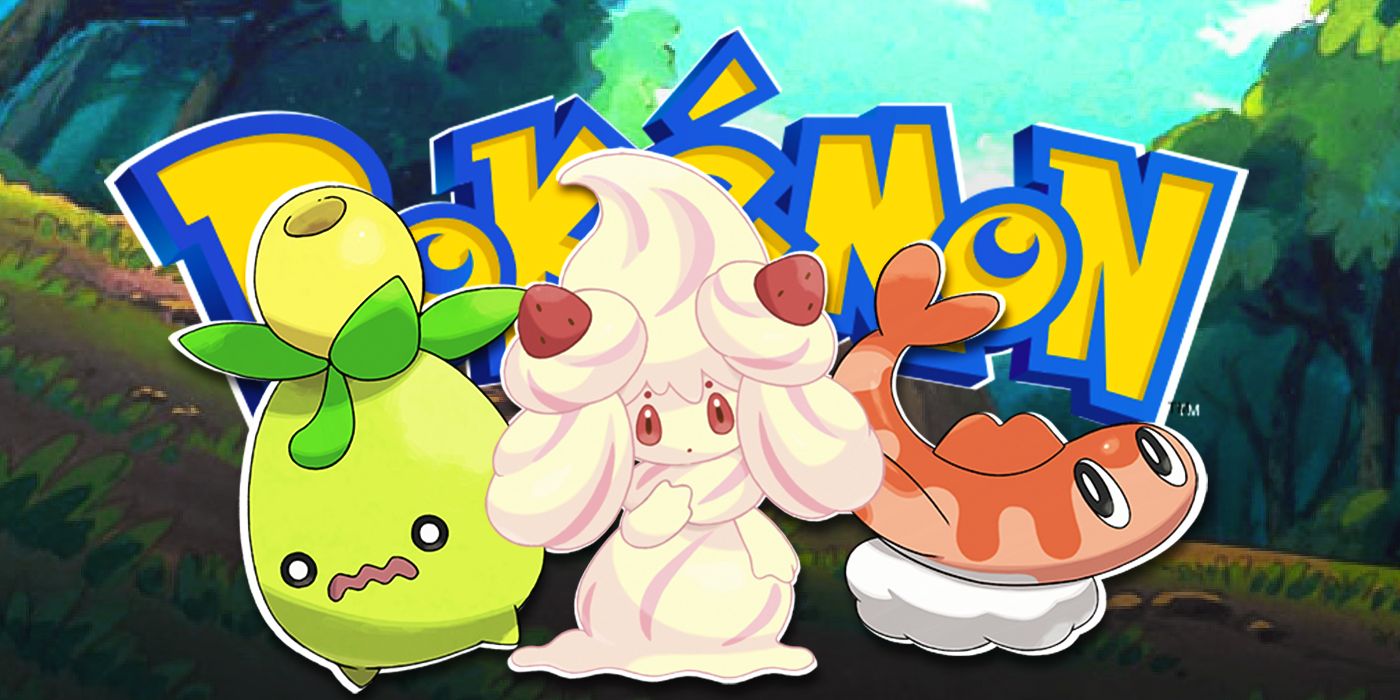
Related
10 Best Pokémon Designs Based on Food, Ranked
The wide world of Pokémon features many different species throughout the various regions, with some even being based on delicious foods.
According to Greek mythology, the Muses were nine daughters born to Zeus, king of the gods and ruler of the skies, and Mnemosyne, a Titan and the goddess of memory. Each of the nine Muses ruled over a particular aspect of ancient Greek art, such as Clio with history or Thalia with comedy. For Meloetta, she most closely resembles Terpsichore, the Muse of light verse and dance, as her twin forms — the Aria Forme and the Pirouette Forme — showcase beautiful singing and elegant dancing, respectively.
7 Leavanny is Inspired by the Lesser Known Levana
Pokédex #0542
The Nurturing Pokémon, Leavanny, joined the ever-growing ranks of the Pokémon world during the fifth generation in the New York City-based Unova Region. As a dual Bug and Grass Type, Leavanny features one of the best Grass Type Pokémon designs yet. Leavanny’s propensity for growth, life and nature is a given, especially when trainers realize that its Pokédex entries mention its fierce protective instincts and inclination to care for young Pokémon.
Though perhaps not as well known as the twelve major gods who ruled over their Greek god counterparts, the goddess Levana was often considered to be involved in the very important rituals pertaining to childbirth. As Leavanny fiercely protects young Pokémon in a manner reminiscent of a nanny, Levana and Leavanny share a common affiliation with children, to say nothing of their extremely close names. Even Leavanny’s design seems to hint at a feminine inspiration, despite the fact that this Pokémon has a fifty-fifty chance pertaining to the gender ratio within the games.
6 Tornadus and Borneas Both Command the Winds
Pokédex #0641
Introduced in Generation V, Tornadus — alongside his other counterparts Thundurus and Landorus — provided balance to the natural world, earning them the coveted Legendary status among Pokémon. As ruler of the winds, Tornadus is the only pure Flying Type Pokémon in existence, zipping through the sky at an unbelievable two-hundred miles per hour. According to legends, the power it generates from its tail can blow houses away, making it a fierce force of nature.
In ancient Greek myths, the Anemoi were wind gods charged with monitoring winds from their specific cardinal direction, and were subject to the overall wind god Aeolus. Boreas served as the Greek god of the cold north winds, with his visage often depicted as an old man or sometimes a younger man with shaggy hair and beard. He’s also associated with a conch shell, a type of seashell with a noticeable swirl pattern as the siphonal canal twists inward. Both Boreas and Tornadus reign as masters of the wind, with their physical descriptions and token items similar (as the yellow protrusions on his purple tail look similar to a shell), showcasing the strong similarities between the two.
5 Victini Grants Victory Just Like the Goddess Nike
Pokédex #0494
Victini, or the Victory Pokémon, debuted in Generation V as a dual Psychic and Fire mythical Pokémon. Sporting one of the best designs from the Unova Region, Victini’s ears fan from the top of its head into a giant V shape atop its bipedal body, with two small wings sticking out from the back of its legs. In a clever twist, it weighs exactly 8.8 pounds, which look similar to infinity signs, and serves as an ingenious nod to its ability to create infinite energy. According to Pokémon lore, Victini brings victory, with trainers possessing this unique Pokémon always assured a win, regardless of the type of encounter.
In Greek mythology, Nike was the goddess of victory, personifying the concept in any field, including athletics and art. Greek art often portrayed her as “Winged Victory” with many depictions including wings in the motion of flight. Her Roman counterpart was known as Victoria, with the base of her name appearing in Victini’s own name. Just as Nike assured victory to those in her favor, Victini’s ability to grant luck in all competitions marked the goddess Nike as the source material for this mythical Pokémon.
4 Heracross Features the Legendary Strength of Hercules
Pokédex #0214
The mighty Heracross joined relatively early in the grand scheme of Pokémon’s continuity, coming in with the other Generation II Pokémon from the Kansai-inspired Johto Region. As one of the few Bug and Fighting Types, Heracross uses the massive horn on its head to hurl and throw opposing Pokémon around, aptly solidifying its title as the Single Horn Pokémon and earning it one of the best Pokémon designs from the Johto Region. According to its Pokédex entry, Heracross is capable of effortlessly throwing objects that weigh one hundred times its own weight, making its strength downright incredible.
The connection between Heracross and Heracles (perhaps the most famous demigod from Greek mythology and revered for his colossal strength) takes a roundabout route, by intersecting through the Hercules beetle. This species of rhinoceros beetle served as an obvious source for Heracross, which earned its name thanks to the tremendous strength it displays, just like Hercules. It might be by degrees of separation, but Hercules’ legendary strength and naming still heavily influence Heracross’s design.
3 Darkrai Grants Dreams or Nightmares Like the Somnia
Pokédex #0491
Introduced in Generation IV, the Dark Type mythical Pokémon, Darkrai, appeared in the Pokémon X and Y games, comprising one part of the lunar duo alongside Cresselia. Its dark coloring and jagged design evoke the image of a quick shadow, which undoubtedly assists Darkrai in its late night work of sowing dreams and nightmares. According to its lore, Darkrai tends to be most active on nights of a new moon, and lulls people to sleep to make them dream. Those who encroach on its territory, whether human or Pokémon, suffer from deep, harrowing nightmares as they slumber.

Related
10 Best Electric-Type Pokémon Designs, Ranked
Full of zip and vigor, these Electric Type Pokémon — such as Zekrom, Pikachu and Luxray — sizzle in the creativity and ingenuity in their designs.
In the Greek pantheon, Morpheus, Phobetor and Phantasos are gods commonly associated with dreams and sleep, featuring in Ovid’s Metamorphoses as the sons of Somnus (the personification and god of sleep). In a vein similar to Darkrai, the Somnia can meddle in the dreams of humans, with Morpheus considered the fashioner, Phobetor as the frightener and Phantasos manipulating the fantasy of dreams. The strong connection between dreams and nightmares connects these three Somnia and Darkrai together, hinting at a strong inspirational source between them.
2 Delphox’s Design Incorporates Elements of Apollo and His Oracle of Delphi
Pokédex #0655
Evolving from Fennekin and Braixen, Delphox served as the final evolutionary form for the fire starter in the sixth generation of Pokémon games set in the France-inspired Kalos region. While its first two forms only possess the Fire Type, Delphox also takes on a Psychic Type, which pairs well with the mysterious and mage-like vibes the bipedal Pokémon displays. Its fur falls from its frame like a robe, and it carries a stick that it uses like a wand, channeling a very mystical appearance in its design.
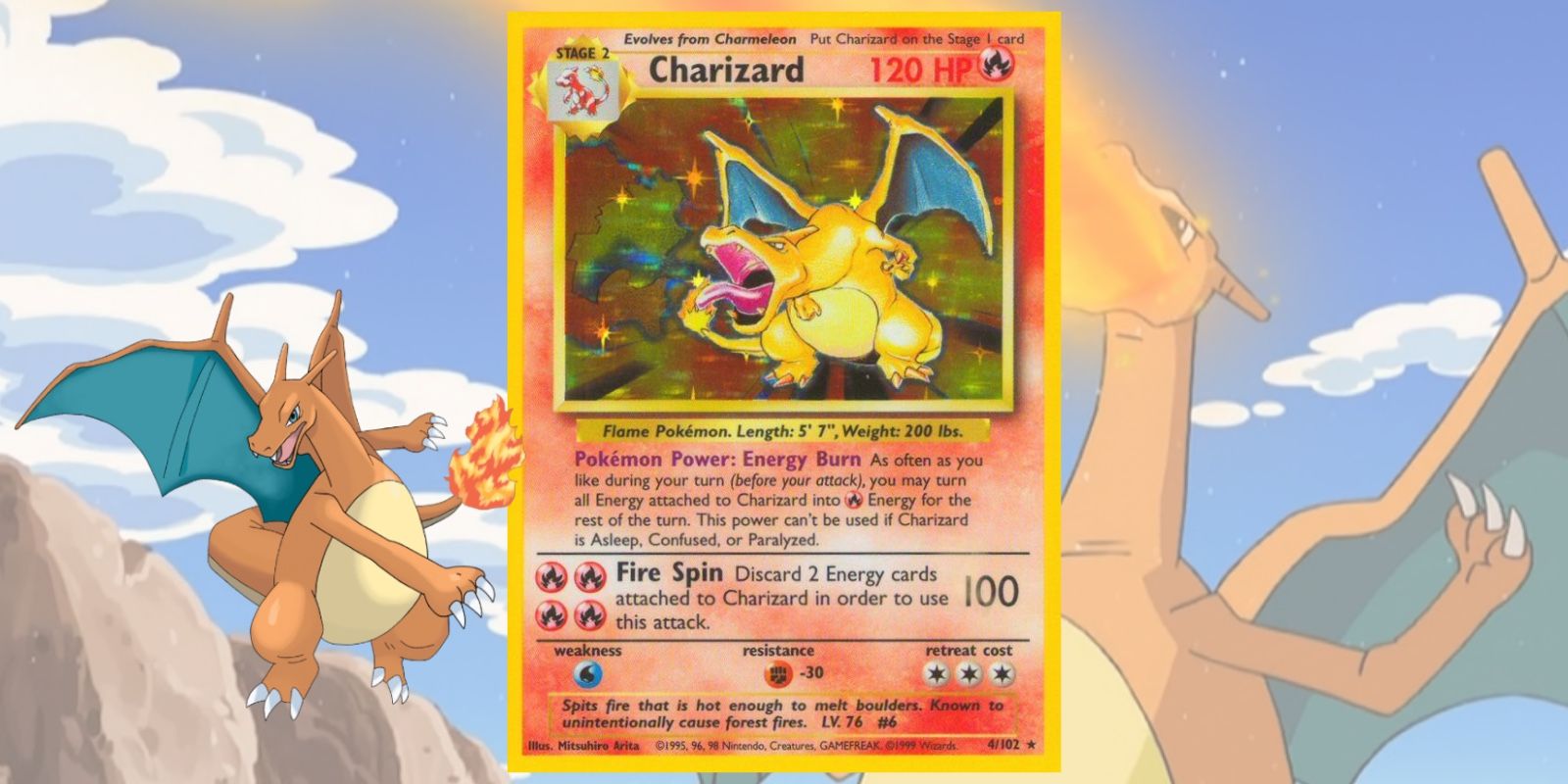
Related
10 Best Fire-Type Pokémon from The Original Kanto Pokédex, Ranked
The original Kanto Pokedex featured many iconic Pokémon, with many Fire Types — like Vulpix and Charizard — still persisting as fan-favorites today.
According to its Pokédex entry, Delphox would use the tip of its wand to leave burn marks on the ground, which people used long ago for divination purposes. In a similar capacity to Delphox divining the future, the Oracle of Delphi was known far and wide in Ancient Greece for her prophecies as an oracle of Apollo. Supposedly, she channeled the son of Zeus through her body, the possession of Apollo allowing her to speak of the future. The similarities in the names, the dual Psychic and Fire Type (as Apollo is most commonly known as god of the Sun) and the propensity for prophecies illustrate that the clairvoyant Oracle of Delphi inspired the fire-starter Delphox’s design.
1 Cresselia Channels Selene, Goddess of the Moon
Pokédex #0488
Appearing alongside Darkrai as the other half of their lunar duo pairing, Cresselia serves as a Legendary Pokémon introduced in Generation IV. Also known as the Lunar Pokémon, Cresselia’s shape resembles that of a crescent moon, and she is the only known Pokémon capable of learning the moves Lunar Dance and Lunar Blessing. Her Pokédex entry states that as she flies through the air, shiny particles are released from her veil-like wings, and that those who fall asleep holding her feathers are assured of joyful dreams.
Like many other Greek gods and goddesses, Selene was the goddess of the moon while also serving as the personification of the moon. One of her primary symbols was a crescent, a shape most commonly used to represent a portion of the lunar phrase when it looks most like a sickle. Cresselia’s body shape pays homage to Selene, sporting the goddess’ symbol in the Pokémon’s very design, highlighting a strong link between the two — to say nothing of the overt moon connections for both. Even Cresselia’s name hints at some origin to Selene, with Cresselia seemingly a combination of crescent and Selene together.
Discover more from reviewer4you.com
Subscribe to get the latest posts to your email.
